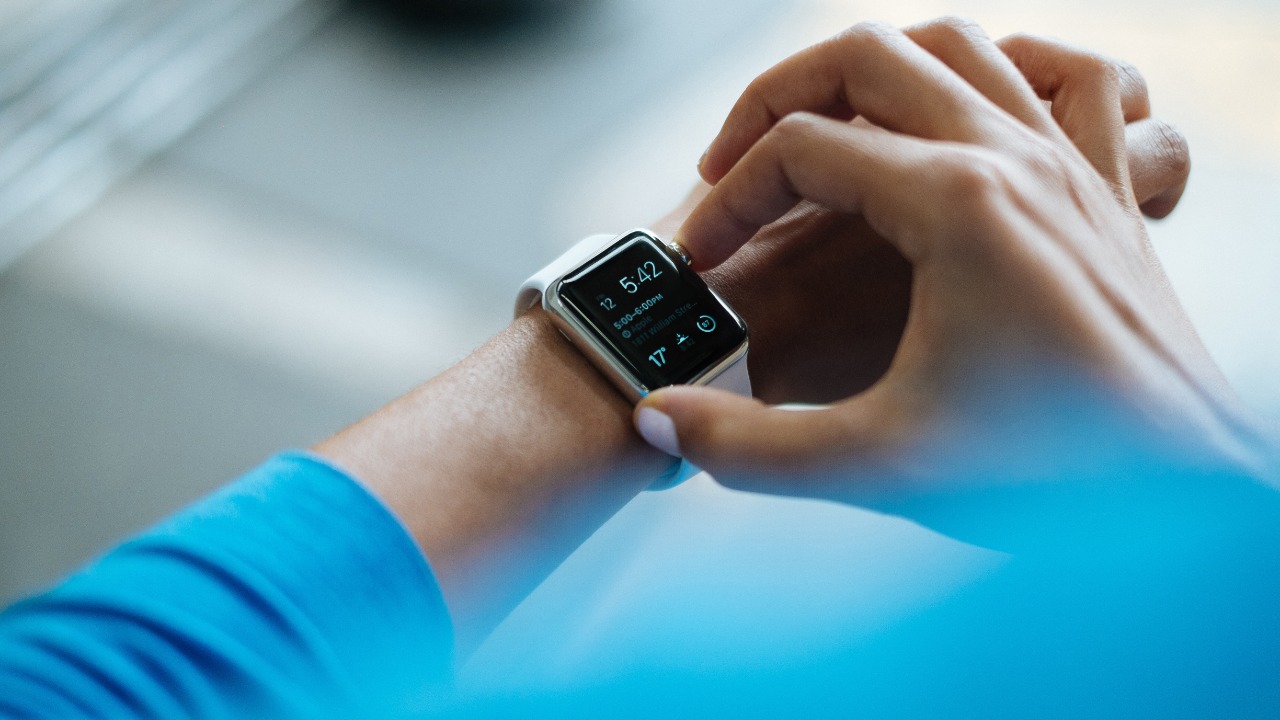
Smartwatches have evolved far beyond their original function of timekeeping and fitness tracking. Today, they are becoming instrumental tools in monitoring our health and detecting early signs of diseases. With the incorporation of advanced technology, these devices are capable of alerting us about potential health risks before they escalate into major problems.
The Evolution of Smartwatches
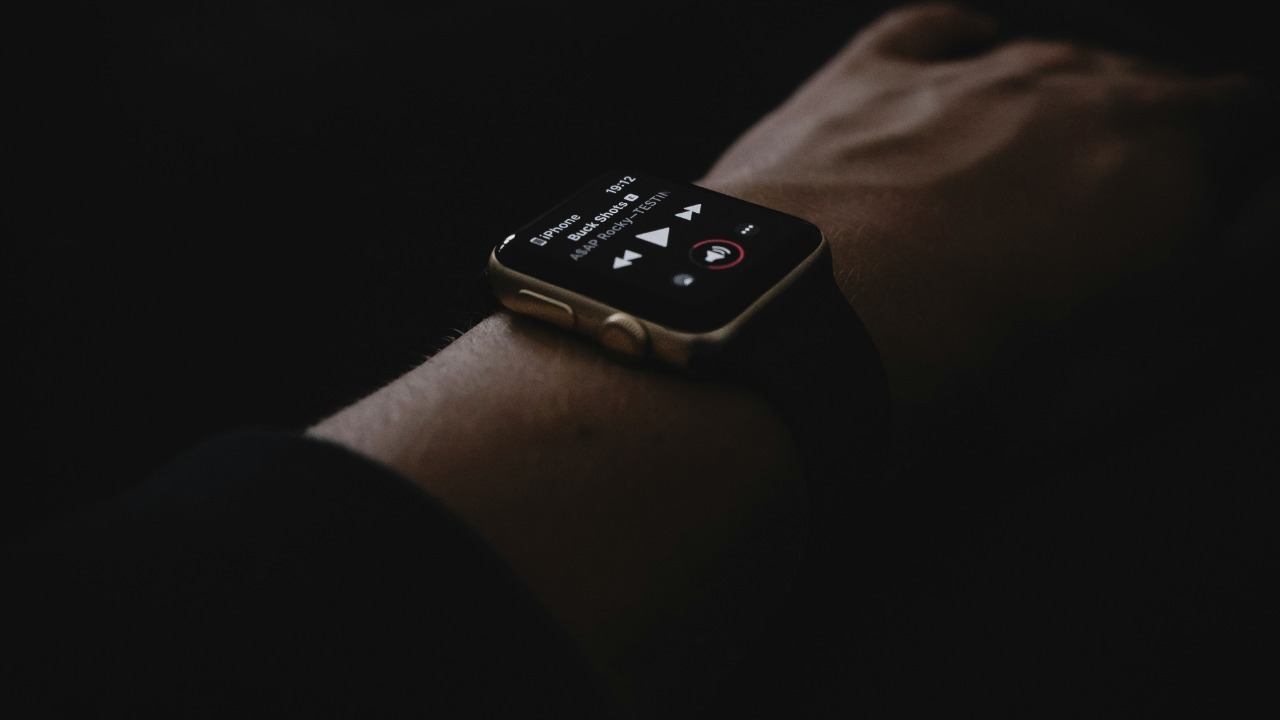
Initially, smartwatches served as simple time-telling gadgets and fitness trackers. However, with the furtherance of technology, these devices have grown to become comprehensive health monitoring tools. Technological advancements, ranging from improved sensor technology to the integration of complex algorithms, have significantly boosted the capabilities of smartwatches.
Today, smartwatches are equipped with a plethora of sensors that can monitor various health indicators, from heart rate and blood oxygen levels to sleep patterns and stress levels. As the technology continues to evolve, the potential applications of smartwatches in healthcare are expanding, enabling early detection of various diseases.
How Smartwatches Aid in Disease Detection
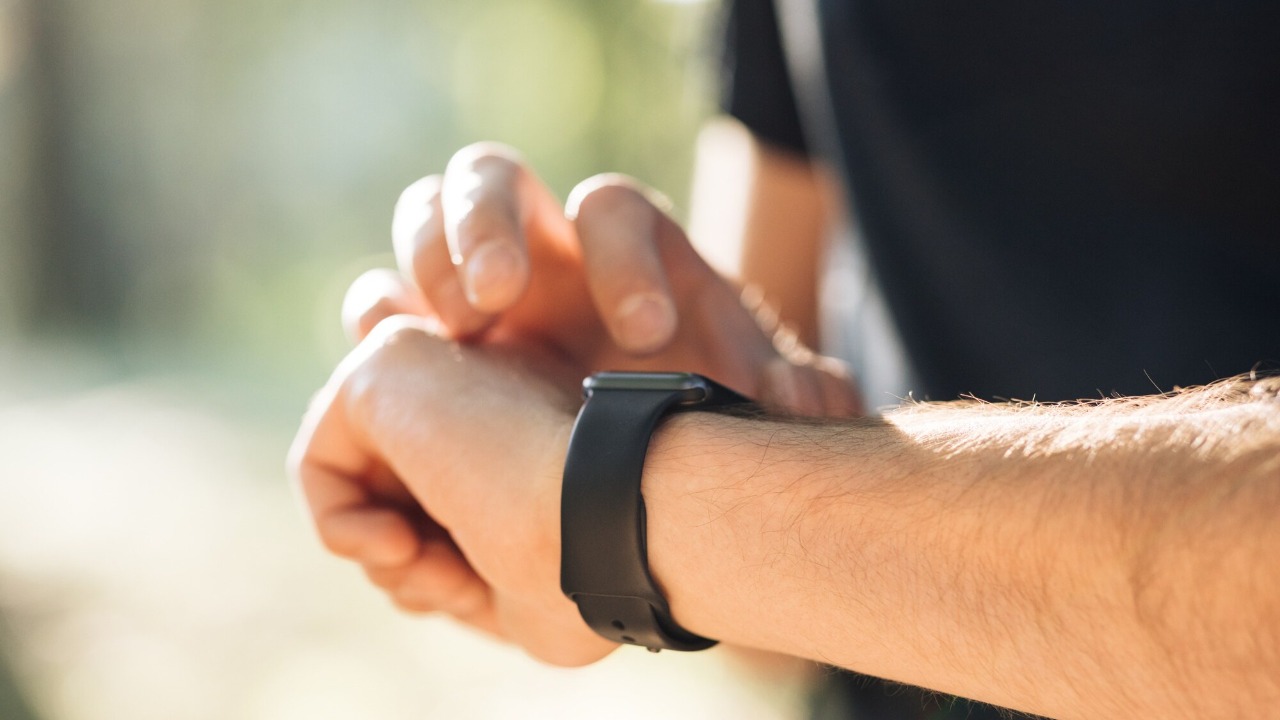
The ability of smartwatches to aid in disease detection lies in the sophisticated technology they house. These devices are equipped with sensors capable of collecting a wide array of health data, including heart rate, blood pressure, sleep patterns, and activity levels. This information is then analyzed using advanced algorithms, often powered by Artificial Intelligence (AI) and Machine Learning (ML), to detect any abnormalities.
For instance, an unusual increase in resting heart rate or a significant change in sleep patterns could be indicative of potential health issues. By alerting users to these changes, smartwatches can facilitate early intervention and potentially prevent severe health complications. A study published in SciTechDaily even suggested that smartwatches could play a crucial role in managing future pandemics by detecting early signs of infectious diseases.
Smartwatches in Detecting Cardiovascular Diseases
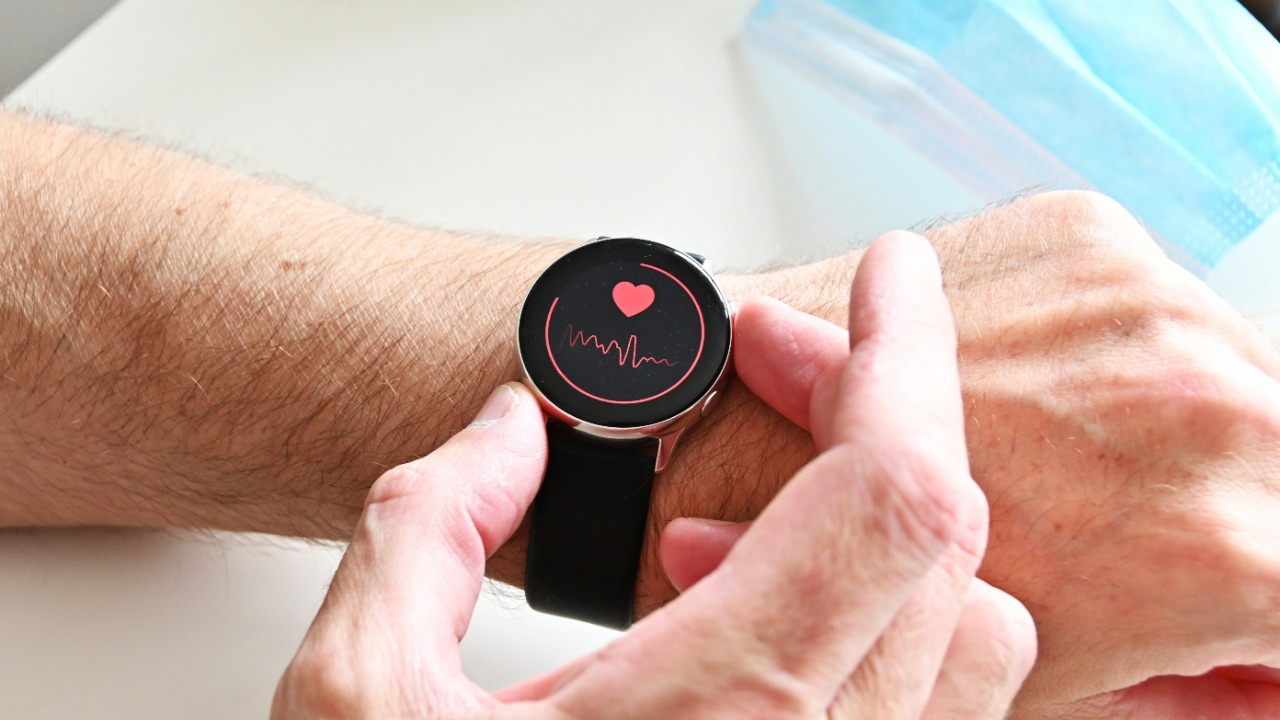
One of the significant areas where smartwatches have shown promise is in the detection of cardiovascular diseases. These devices continuously monitor heart rate and blood pressure, enabling early detection of conditions such as atrial fibrillation and hypertension. The Apple Watch, for example, has a built-in electrocardiogram (ECG) feature that can detect irregular heart rhythms, potentially alerting users to conditions like atrial fibrillation.
There have been several instances of individuals whose potential heart issues were detected early thanks to their smartwatches. For instance, a study reported in medRxiv highlighted cases where smartwatches successfully identified atrial fibrillation in individuals who were not aware they had this condition.
Smartwatches in Detecting Diabetes and Other Chronic Conditions
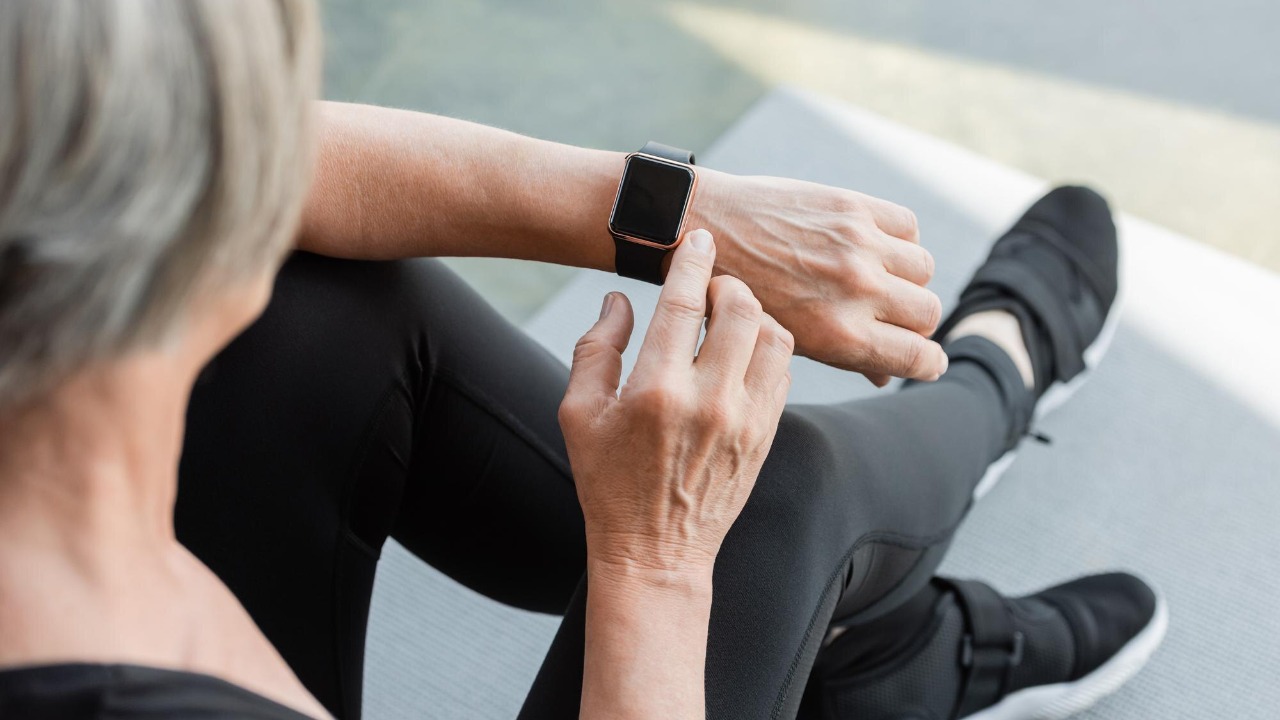
Apart from cardiovascular diseases, smartwatches are also being used to detect signs of other chronic conditions like diabetes, sleep apnea, and Parkinson’s disease. Some smartwatches, such as the Fitbit Ionic, can estimate blood glucose levels, making them a useful tool for people with diabetes.
Moreover, smartwatches can detect sleep patterns and provide insights into sleep quality which can help in identifying conditions like sleep apnea. For conditions like Parkinson’s disease, smartwatches can track symptoms like tremors and rigidity, aiding in early detection and management. A research paper published in IEEE Xplore revealed the potential of smartwatches in Parkinson’s disease detection and symptom monitoring.
Smartwatches in Oncology
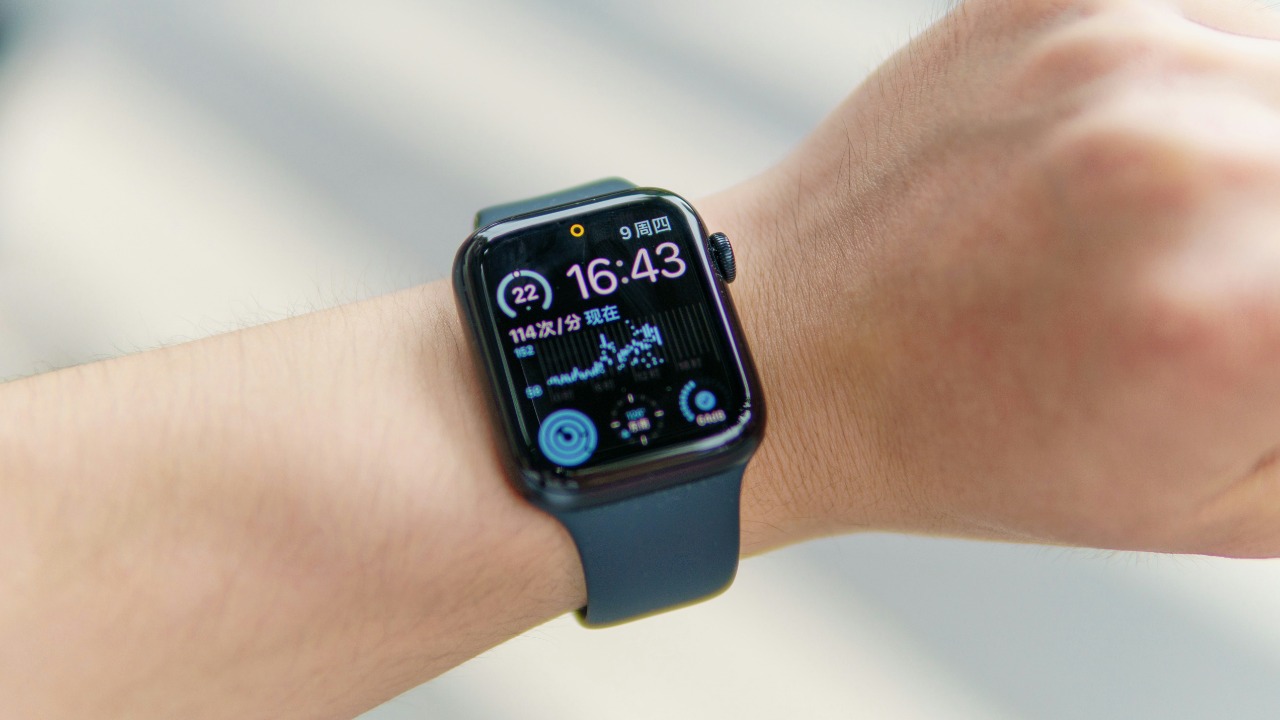
Smartwatches are also making strides in oncology, with ongoing research exploring their potential in detecting early signs of cancer. For instance, a study at the Ohio State University found that smartwatches could potentially detect a painful condition called lymphedema, which affects many cancer survivors. The study, reported in The Ohio State University Comprehensive Cancer Center, found that smartwatches could detect swelling in the arm, a common symptom of lymphedema, with high accuracy.
Moreover, current research is exploring how smartwatches can be used to monitor patients undergoing chemotherapy, providing real-time data on their physical activity and sleep patterns. Such information could potentially be used to adjust treatment plans and improve patient outcomes.
Concerns and Limitations of Using Smartwatches for Disease Detection

Despite the potential of smartwatches in disease detection, there are concerns and limitations that need to be addressed. The accuracy and reliability of smartwatch data, especially for disease detection, have been a subject of debate. While these devices can provide valuable health insights, they are not always as accurate as traditional medical devices. This limitation underscores the need for further research and clinical trials to validate the effectiveness of smartwatches in disease detection.
Furthermore, privacy and ethical concerns related to health monitoring using smartwatches cannot be overlooked. As these devices collect a wealth of personal health data, there are concerns about data security and privacy. It is crucial for manufacturers to ensure robust data protection measures to safeguard user data. Additionally, the use of AI and ML in analyzing health data raises ethical questions, emphasizing the need for clear guidelines and regulations.